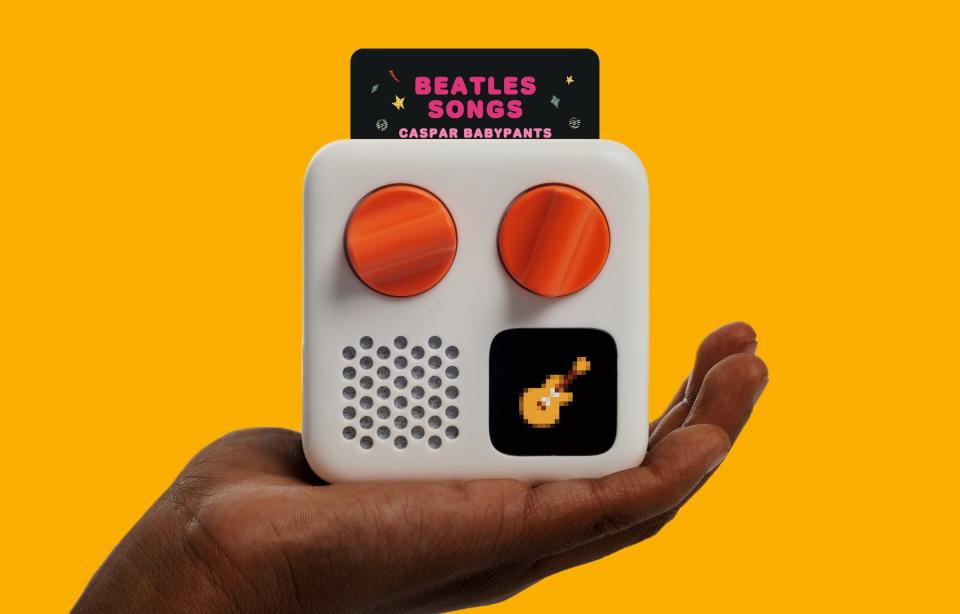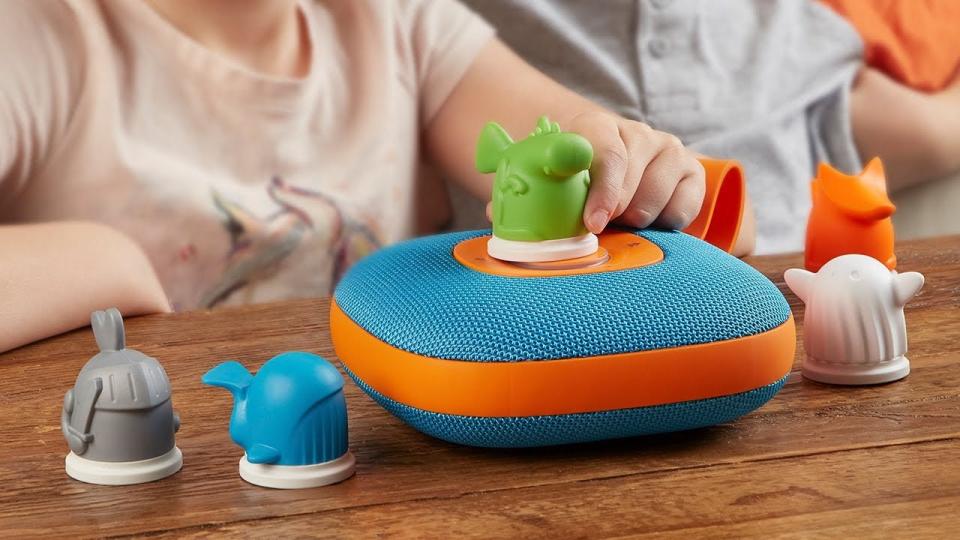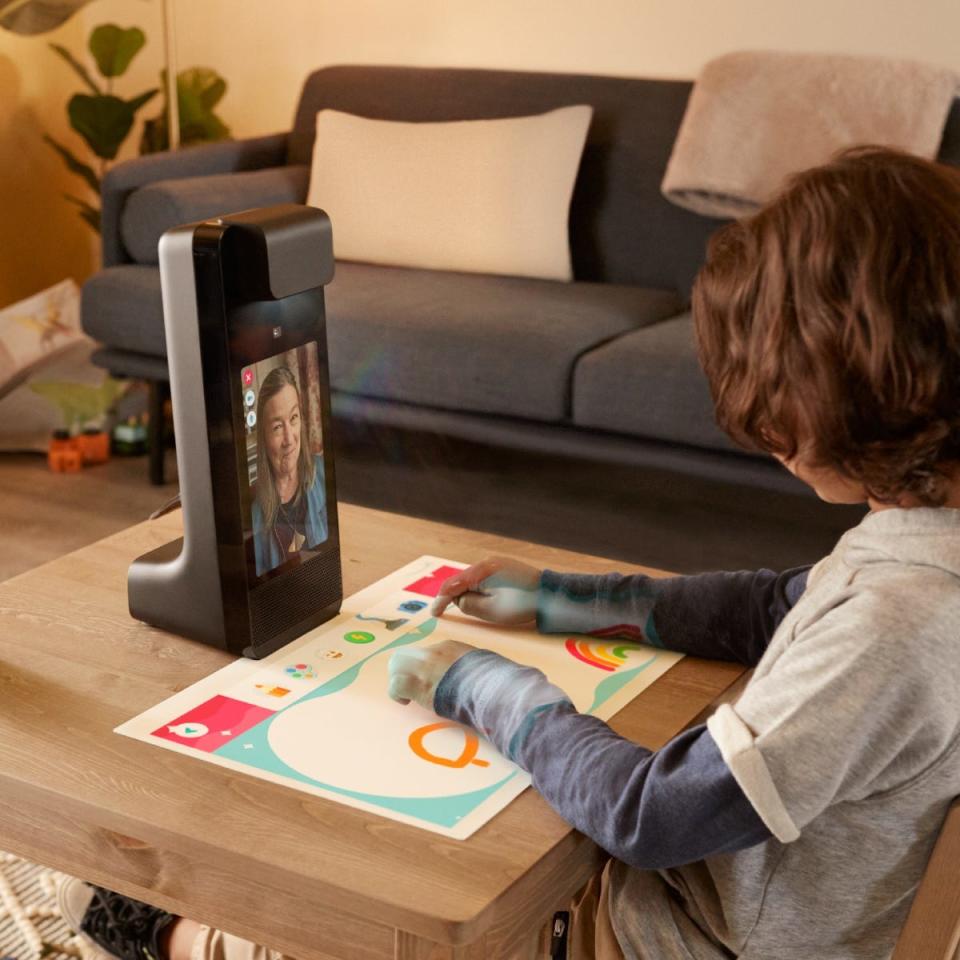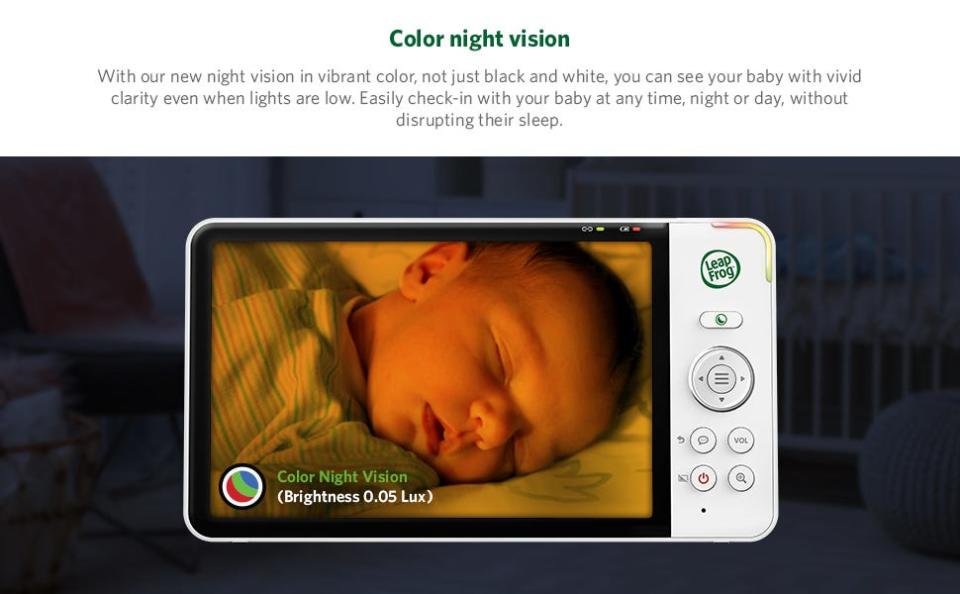'Calgon, take me away!' New screen-free tech tools help parents get a moment of peace
Parenting has never been easy, but all of this technology meant to make it a little less hectic may have the opposite effect.
According to a survey by powerhouse fact tank Pew Research, children’s time online, using social media and playing video games has gone way up since the pandemic. Also on the rise? Our concerns about it all.
More than two-thirds of parents raising young ones say screen time and tech use are among their biggest worries. Most moms and dads say technology has made parenting harder – not easier – in the past 20 years.
TALKING TECH NEWSLETTER: Sign up for our guide to the week's biggest tech news
Calgon, take me away…
In the 1980s, when a mom was at her breaking point, all she had to do was call out, "Calgon, take me away!" and the next thing you knew, she was luxuriating in a bubble bath. At least that's how it worked in the commercials. Unfortunately, we all know our kids will keep calling out to us and knocking on the door until we answer.
What’s a frazzled modern parent to do when she needs a few moments of peace but doesn’t want to stick her child in front of a screen? Is there a happy place between an old cardboard box and going full zombie mode to an endless loop of "Encanto?"
These are the questions I set out to answer on a long weekend with my BFF and her four children, who range in age from 5 to almost 12.
The older two would be happy to spend their every waking moment playing video games. The younger two are entirely out of their minds until someone sticks a screen in front of their faces – where they would be content to spend … maybe forever – plugged in and zoned out.
These are well-behaved, normally active children with wonderfully engaged parents who spend a ton of time and energy in all kinds of healthy, indoor and outdoor brain-game play. It’s just … kids are hard, and screens seem to have that magnetic tractor-beam pull that sucks them in and won’t let go. Every parent needs a few minutes of uninterrupted time, whether to finish a work call, prep dinner, take a shower or just breathe.
Here are several new gadgets that I tested with them – in the hopes of finding a handful of screen-free “Calgon, take me away” tech tools to help busy parents get a few moments of peace.
A book that reads to you

A new company called Readyland might be onto something that hits a sweet spot here. It released a set of softcover books ($14.99) that kids can interact with through an Alexa-enabled device or the Alexa app on a phone or tablet.
About 40 million Americans have Amazon’s helper at hand, and this is a thoughtful integration of Alexa to engage with kids.
Setup is super simple. Open the app – or say – “Alexa, open Readyland,” then follow the prompts. There are two books out for children ages 3 to 7, and more titles are due this summer for kids of all ages.
Alexa not only reads the book with kids, it interacts with games such as iSpy. “I’m thinking of something green,” it might ask when turned to a page showing items in a room. When a child replies, “the car” (there is a green toy car), it says, “That’s right, I was thinking of the car,” followed by a little “vroom, vroom,” sound. It asks kids to identify colors and shapes, sing and play games and it’s even a sort of “choose your own adventure” because there are thousands of different variations – so kids don’t get bored.
Add a pair of child-friendly headphones, and this is genius on road trips. It lets kids enjoy good old-fashioned tactile books in a new way, and it’s a concept I expect to see more of in the near future.
'UBER FOR ELDER CARE': These services help give caregivers a break
Story time on demand

Other entrants into this screen-free story time market include the Yoto Player ($100), which rises to the challenge of smartphone-free engagement differently. For kids ages 3 to 8, the alarm-clock-sized speaker uses cards that kids insert into the top – like a mini toaster – to play a variety of bestselling children's books. A big, bright pixel display on the side shows images in sync with the story, and large buttons make it easy to use for small hands. It includes a nightlight and clock, and it can be programmed to show a sun or moon to teach kids when it’s time to get up or go to bed.
EWWW! How to clean nasty phones, earbuds, game controllers and remotes
Toniebox ($110) is another stellar gadget in the same vein; only instead of story cards, the speaker box uses colorful characters – called Tonies – that tell stories when placed on top. Parents can pick from classic children's stories such as "Corduroy" or Disney properties such as "Frozen," "Toy Story" and "The Little Mermaid." It’s recommended for kids ages 3 and up.

Along these lines, Jookie ($113), recommended for kids ages 3-10, is another smart speaker in a rugged case about the size of a small lunchbox. Block-like figurines act like a command to play specific songs, stories or even podcasts. Youngsters can learn to associate particular figures with the audio attached to them. They can choose what they want to listen to whenever they want, giving them freedom and endless entertainment.
Hands-on, brain on!

OK, this next one has a screen, but at least there’s a relative or family friend on the other side. Interactive toys help kids build vital skills for the future, give them a sense of accomplishment and – best of all for a frazzled parental unit – tend to keep them busy.
For kids ages 3 to 9, Amazon Glow ($300) promotes interacting with others while solving puzzles.
It’s a video calling screen and mini-projector that creates a virtual play space on any flat surface. Kids can play games, read books and engage in various activities with the help of friends or family members watching along on the screen. The adults watch on their device and can see everything the child does, making it the perfect tool for keeping kids and parents close when one is away.
The main setbacks to this pick are the price and the fact that you need a tablet. According to Forrester analytics and researchers, Glow understands and considers the needs of kids in this age range at the moment – many may still struggle with pandemic-related isolation and loneliness.
Forrester asks a critical question: “[Is] Glow better than just giving a child an old tablet with which they can download some apps and turn on all the parental controls – a solution that Apple currently provides?” I don’t have an answer for that, and it is something parents should consider before they buy.
A baby monitor that helps everyone sleep better

You might recognize the name Leapfrog from its family-first learning gadgets, but it dove into the world of baby monitors. I’ve used the LF925HD ($160) model while helping care for my 5-month-old niece. Though it doesn’t have a particularly catchy name, it does provide a high-definition digital eye to monitor the little one with a vibrant video display.
Its long list of features – color night vision, motion and sound detection, temperature and humidity sensors, etc. – are similar to those you’ll find on other high-end monitors, but what makes this one special is its integration with WeeSleep, the experts in baby sleep training. Live in-app support provides tips to make bedtime a stress-free affair for both the baby and parents, including optimizing a sleep space for safety and breakdowns of baby sleep cycles. I’ve found this another interesting way for the latest tech to solve a common problem and allow for another few moments of blissful “everyone’s OK” peace.
Jennifer Jolly is an Emmy Award-winning consumer tech columnist. Email her at jj@techish.com. Follow her on Twitter: @JenniferJolly. The views and opinions expressed in this column are the author’s and do not necessarily reflect those of USA TODAY.
This article originally appeared on USA TODAY: Tech help for parents: Screen-free ways to get a moment of peace

 Yahoo Movies
Yahoo Movies 
